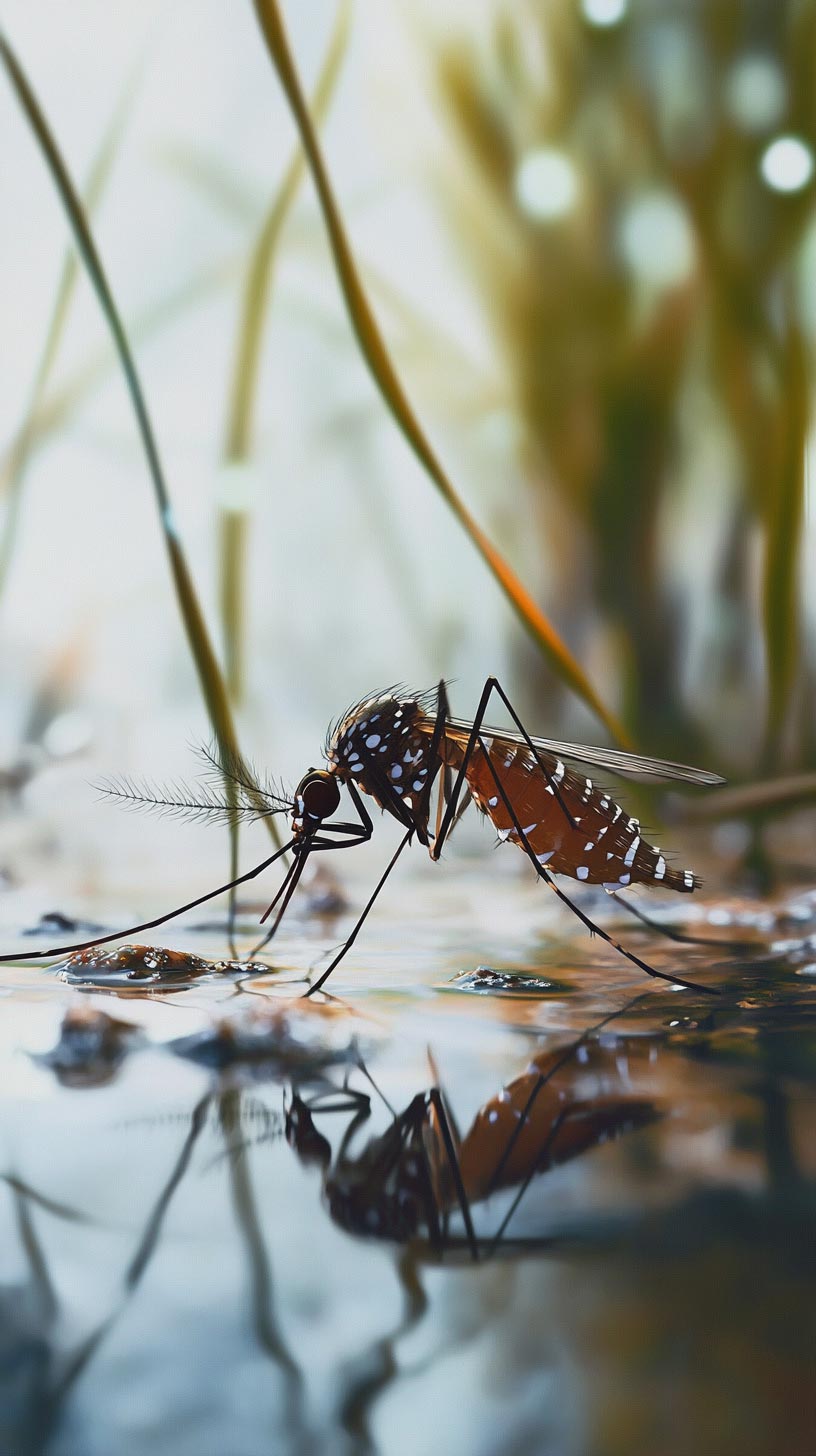Exploring the climate impact on mosquito habitats and disease spread
Background
Climate change affects multiple aspects of urban water management. An emerging public health issue relates to vector-borne diseases and the potential connection between water sensitive urban design (as breeding habitat), mosquitoes (as vectors) and climate change (changing the range in which mosquito-borne diseases are observed).
This rapid literature review defines what is known and explores key gaps about the impacts of climate change on the presence of mosquito-borne disease that may be associated with water sensitive urban design (WSUD).
This rapid literature review was conducted in 3 stages:
- an initial review of selected papers pr1ovided by Melbourne Water
- a review of additional papers sourced from Google Scholar
- additional information from expert reviewers.
The review suggested the benefits WSUD, such as increased biodiversity and social outcomes, may outweigh the potential health and nuisance risks of mosquitoes. A complex set of factors affect mosquito presence and abundance and the risk of disease transmission. Isolating the relevant risk presented by WSUD and justifying changes in management approaches is challenging. Many knowledge gaps need to be addressed to inform decisions about the best management options and adaptations.
The study focused on Victoria. Conclusions may be extrapolated to other similar jurisdictions if the scope and limitations of the original search are acknowledged.
The CRCWSC has produced research, guidelines and
tools related to the following topics:
Integrated Urban Flood
Management
Climate change
mitigation
Community
engagement
Economics and
business case

